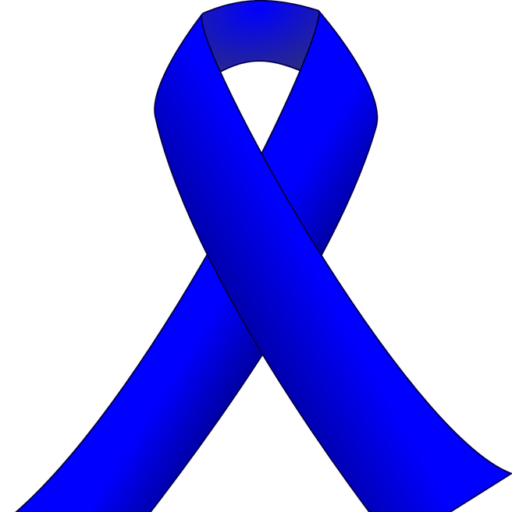Just a simple informative list of the different scans that could be used during treatment. Since there’s nothing too exciting about my experience with these I’ve left my stories in the main chronological posts. This post is purely informational to help you understand the difference.
- Ultrasound (Echographie in French)
- Possibly the most common and most accessible of all the scans. The ultrasound is most famous for use during pregnancy, I’m sure we’ve all been shown someones new baby scan photo where you politely say how lovely it looks while secretly trying to figure out which blob is the head!
- Ultrasound can also be very helpful in diagnosing a range of other internal or organic conditions. It is especially good at measuring the size and density of organs and can also be used to see blood flow in the heart and circulatory system.
- It is also commonly used during surgery to help the surgeon guide tools or needles to the right place. Anaesthetists also regularly use ultrasound to help them place some more complicated IV lines.
- Wiki Link
- X-Ray (Radiographie in french)
- Another famous one! The X-Ray is probably the one scan everyone will end up with having at some point in their life. It’s very good at seeing bones and dense structures in the body by using radiation and special film / cameras.
- X-ray is not used as often when diagnosing cancers however I’ve had my fair share of them to eliminate chest infections or pneumonia when I’ve had a fever.
- CT Scan (Scanner in french)
- Possibly the most used diagnostic tool for most cancers. The CT scanner is very basically a fancy high tech x-ray machine with a powerful computer attached. It takes x-ray images of your body from all directions and then the computer turns them into an almost 3D image which the doctor can “scroll” through as if he was looking as slices of your insides.
- Most CT scans will include an iodine based contrast which is injected during the scan, there is a risk of allergic reaction however most people just experience a warm feeling that moves from the neck to the groin.. (At which point you feel like you’ve wet yourself)
- Sometimes a barium sulfate solution will be prescribed to better contrast the GI tract if that is the area of interest.
- Wiki Link
- PET Scan (TEP Scanner in french)
- The PET scan experience is much similar to the CT scan experience, except there’s a lot more waiting around not doing anything!
- The PET scan technique used in oncology uses a radioactive glucose tracer which is injected about an hour before the scan. After this infusion you are required to rest quietly to let your body absorb the glucose. Since cancer tumours are constantly growing, they need a lot of energy and absorb more of the glucose. This is then detected in the scanner and the resulting image can not only show the radiologist where the tumours are but also how active they are.
- a PET Scan is higher resolution to a CT scan too, it can detect tumours which are much smaller and thus younger. However it is very expensive to run and also involves exposure to a lot more radiation, you should only have one at most every 3 months due to this higher exposure.
- Wiki Link
- MRI (IRM in french)
- I avoided this one for the longest time, a number of things scared me about this scan so when they told me I needed one it wasn’t the easiest thing to accept.
- The MRI scan is the only scan in this list which does not use any kind of radiation, it uses magnets instead although still usually managed by the nuclear medicine department due to how the magnetic fields are captured.
- MRIs often take longer than CT or PET scans and are loud machines where the patient has to remain still in a confined tube. This can and does cause a lot of discomfort for some people which is often taken into account when deciding which scan to use.
- The radiology staff will usually add some basic restraints to help you remain still, they also give you a button to press which allows you to talk to them from inside the machine.
- Wiki Link

Comments